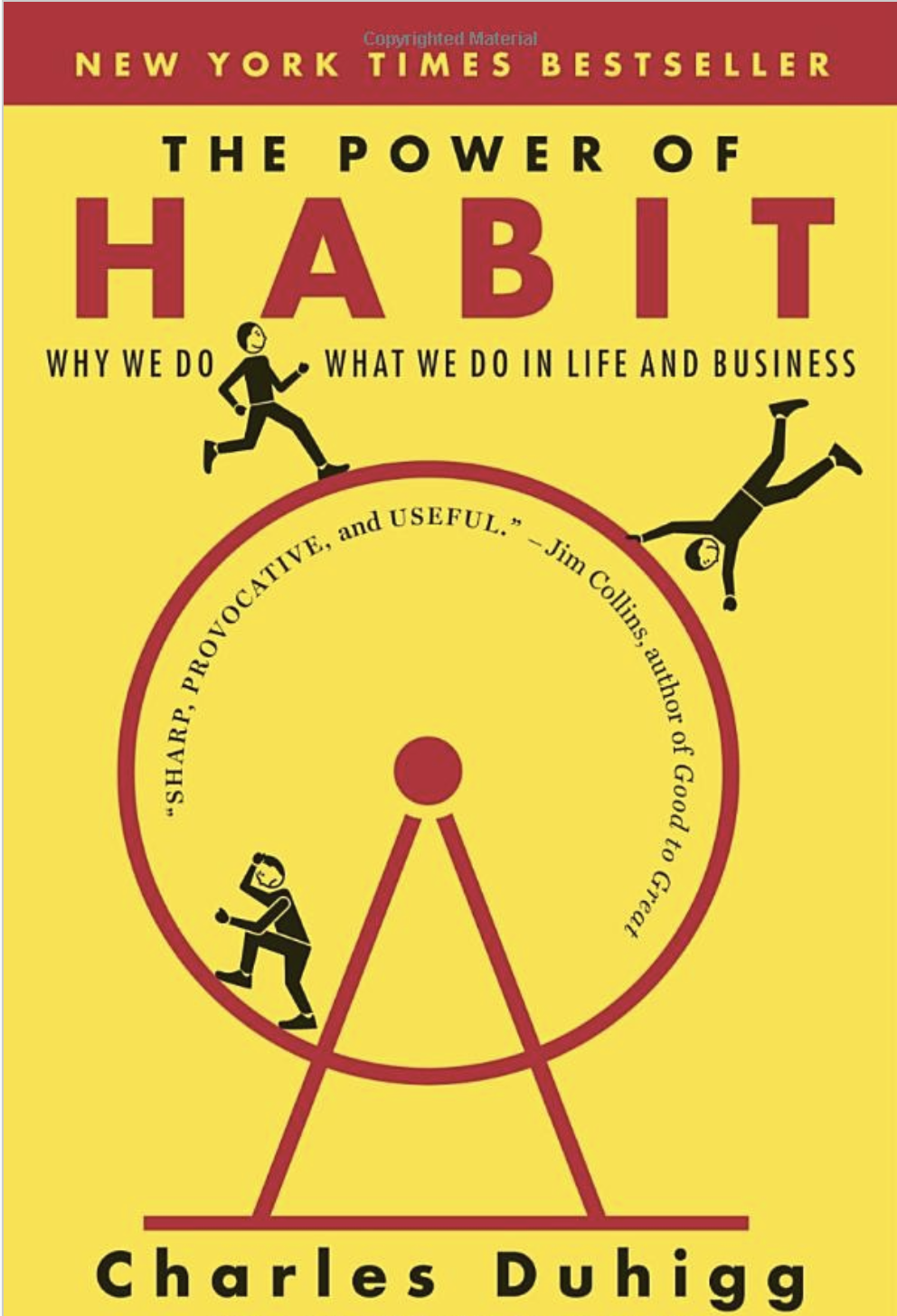We humans, big hairless apes that we are, have become proficient over millenia at a great many things – crafting tools, harnessing nature... you get the picture. But we’re also adept at something you might not even actively think about: HABITS.
This is your brain on habits. [I mean… not literally YOUR brain. But yours probably isn’t all that different from this fella’s.]
For better AND worse, our big human brains are very, very good at linking stimulus, response, and reward through connections in our brain called neurons. And, through a wild process called myelination, the neurons that “fire together” end up “wiring together”, making that connection stronger over time.
Basically, if your brain activates in certain areas at the same time enough times, it wants to save energy and make it easier the next time those neurons fire at the same time. There is some really incredible research going on right now on how this process of strengthening connections shapes diseases such as depression and anxiety, but we won’t go too far down the rabbit hole on that.
You’re probably wondering, what the hell I’m on about and how I’ll bring this back to photography. Stay with me. So, what does myelination have to do with habits? Like a neuronal pathway, the more you follow the action of a habit (again, both good ones and bad ones) the stronger that connection gets over time. The same holds true when we’re taking photos – how we shoot drives and dictates how we’re GOING to shoot in the future.
Now that isn’t to say that one should reinvent the wheel every time you pick up your DSLR or your camera-phone. Keeping a consistent look and overall feel in your work is a must as a professional (more on that in an upcoming article). What I’m really trying to stress here is to not switch over to autopilot, and unconsciously, habitually capture photos. Your brain is basically subconsciously going: “Well, I’ve shot in this venue before with this lens and gotten this result … so why don’t I play it safe and do the same this time.” I know for a fact I’ve been guilty of this exact thought process.
Just a few months back, I was on assignment taking a portrait of a U.S. Attorney working here in Madison on human trafficking. While I was waiting around for the individual to arrive for our brief portrait session, I scoured the area to think of a good way to capture her image in a short amount of time. My mind first, habitually, gravitated to the front of the building at 35mm and frame her between the two major pillars of the Courthouse building. Essentially, where my brain went right away was myelination in action. With the benefit of hindsight, I can look back at countless quick portrait assignments where I took the same tack, and went to capture the photo that SAME WAY.
So what did I do next. Here’s the really critical part: I stored that photo idea away, mentally labeled it the “safe shot” and proactively did everything in my power to come up with two other portrait ideas/styles that bore ZERO resemblance to the safe, habitual choice. The first alt angle I took was to go into a unique location. I wasn’t able to shoot inside the building, being a federal courthouse and all, BUT, there wasn’t anything wrong with shooting inside the revolving door of the building. And after tweaking my positioning to avoid being directly in the reflection of the glass, I was able to get this really stark portrait of Attorney Pfluger.
Prosecutor Julie Pfluger poses for a portrait outside the US District Court for the Western District of Wisconsin, Monday, November 20, 2017.
So, what other things can we do to get away from our silly brain’s tendency to take the energetically simplest route and follow our photographic habits? Well, as stupid and corny as it sounds, knowing is half the battle. Seriously. Think about it.
Now we know from learning about myelination that we are literally in direct control of changing and adapting our brains, changing real life outcomes. The best way to break out of old photo habits? Break those “wired together” neuronal pathways and DO SHIT DIFFERENTLY. Ever shoot portraits with a 400mm telephoto lens? Ever walk up to a total stranger on the street and capture their image? Ever get uncomfortably close to the subject of your photos? You’ll never wire new connections if all you do is think through it. Different and better results come from taking action. It’s your brain chemistry; don’t let it get in the way of you creating your best photography.
As you might have noticed, neuroscience/chemistry/all that holds a pretty special place in my life, even now as a professional visual journalist. I’m working a number of other articles that look at some of the scientific principles behind photography and making meaningful creative work. So, if you enjoyed this and want to see more, let me know in the comments!
So, my question to you all to wrap up today’s article is: What’s your worst photo habit? Tell me in the comment section or tag your Instagram Story using the hashtag #photoforwardmedia and I’ll share some of my favorite responses!
Cheers,
-Ben





